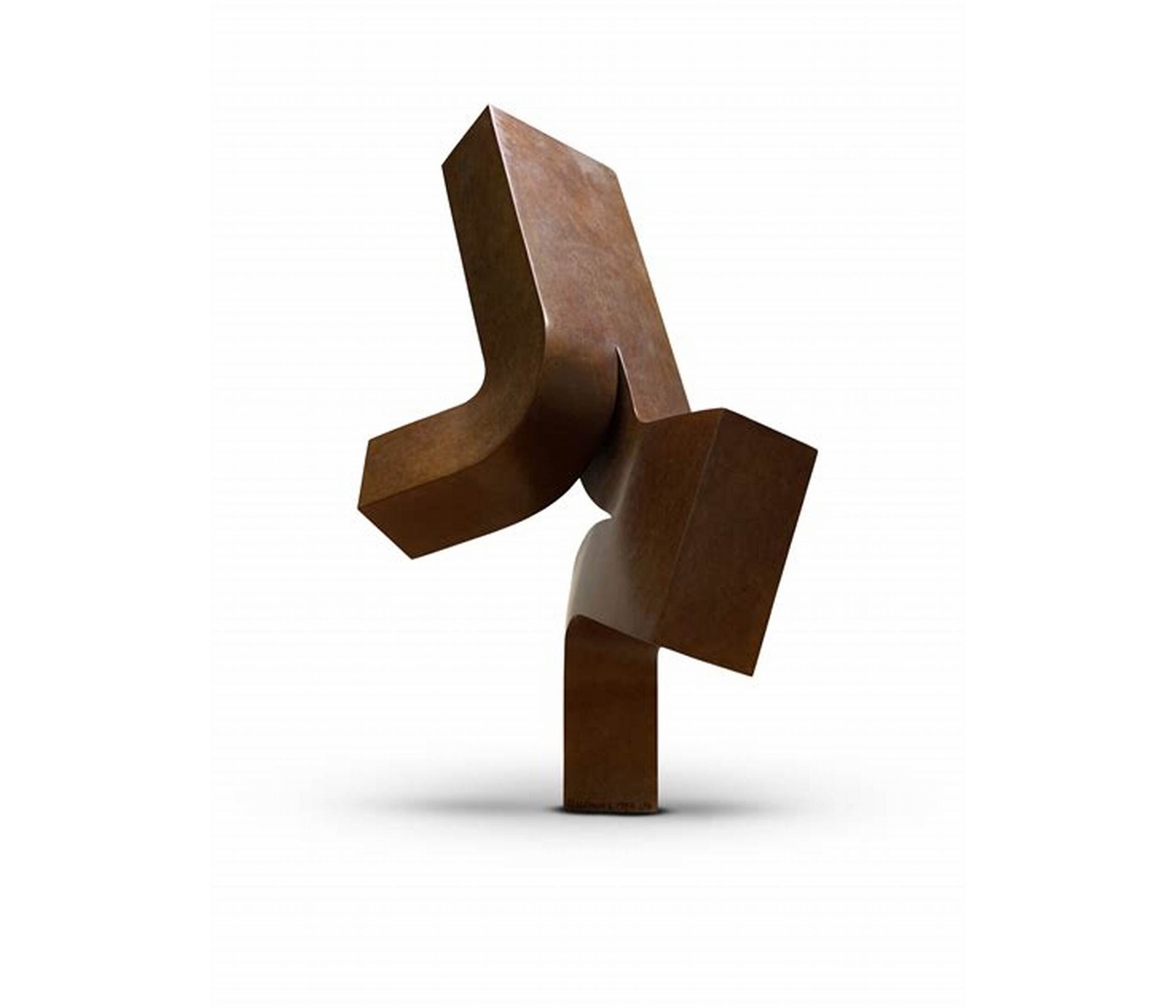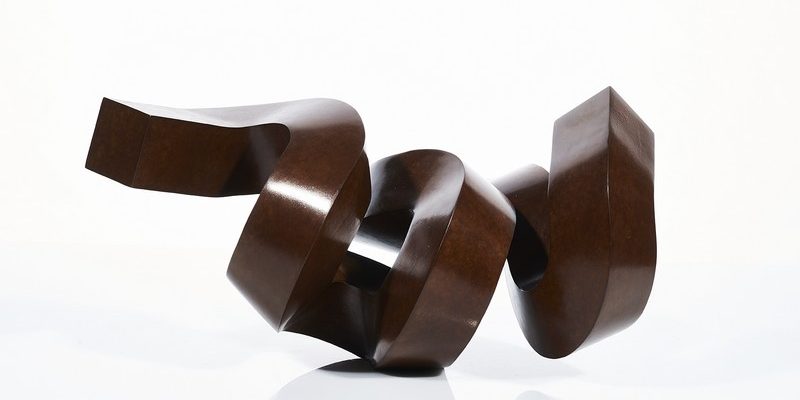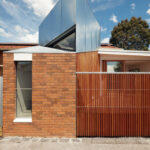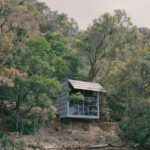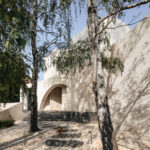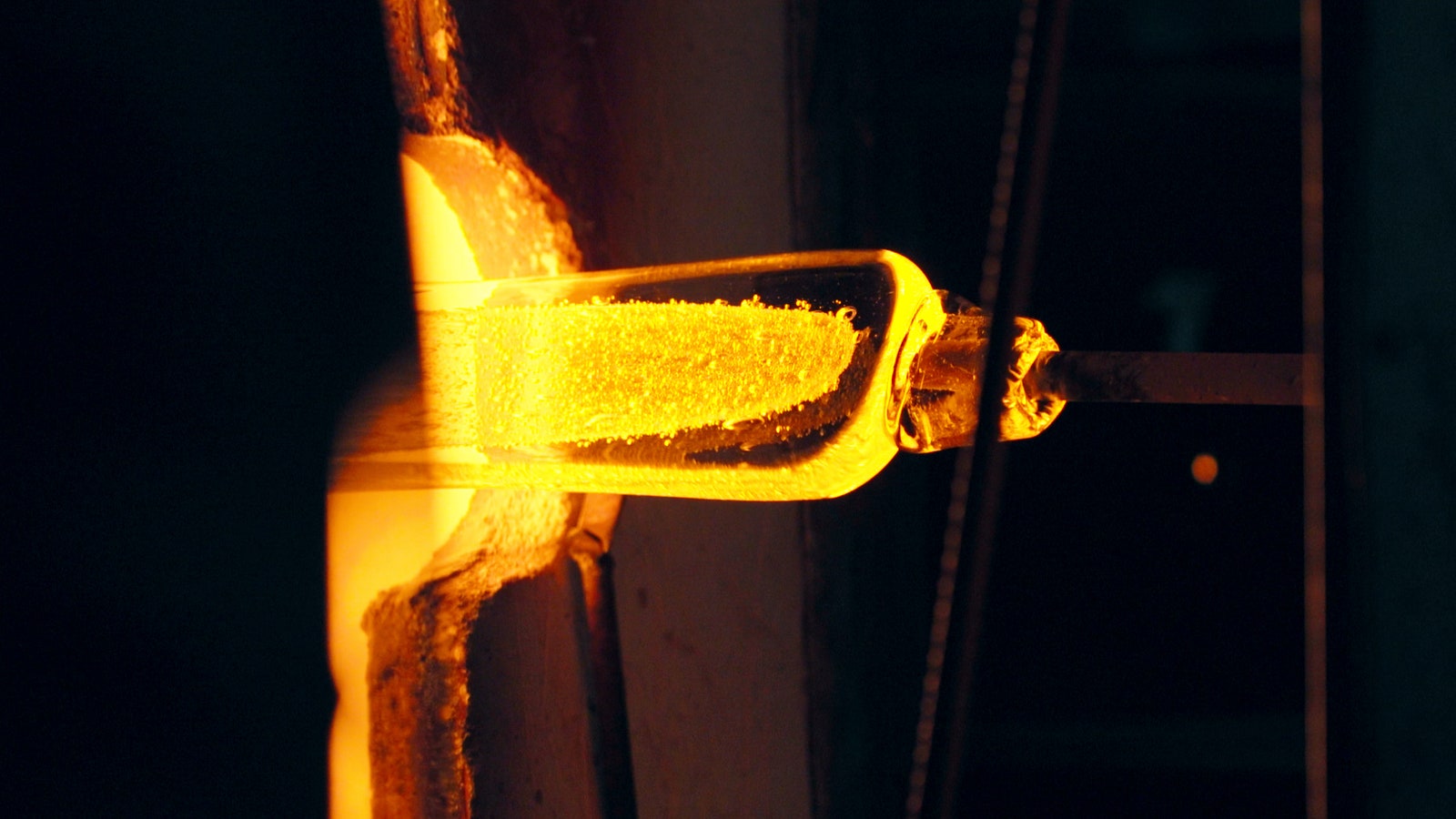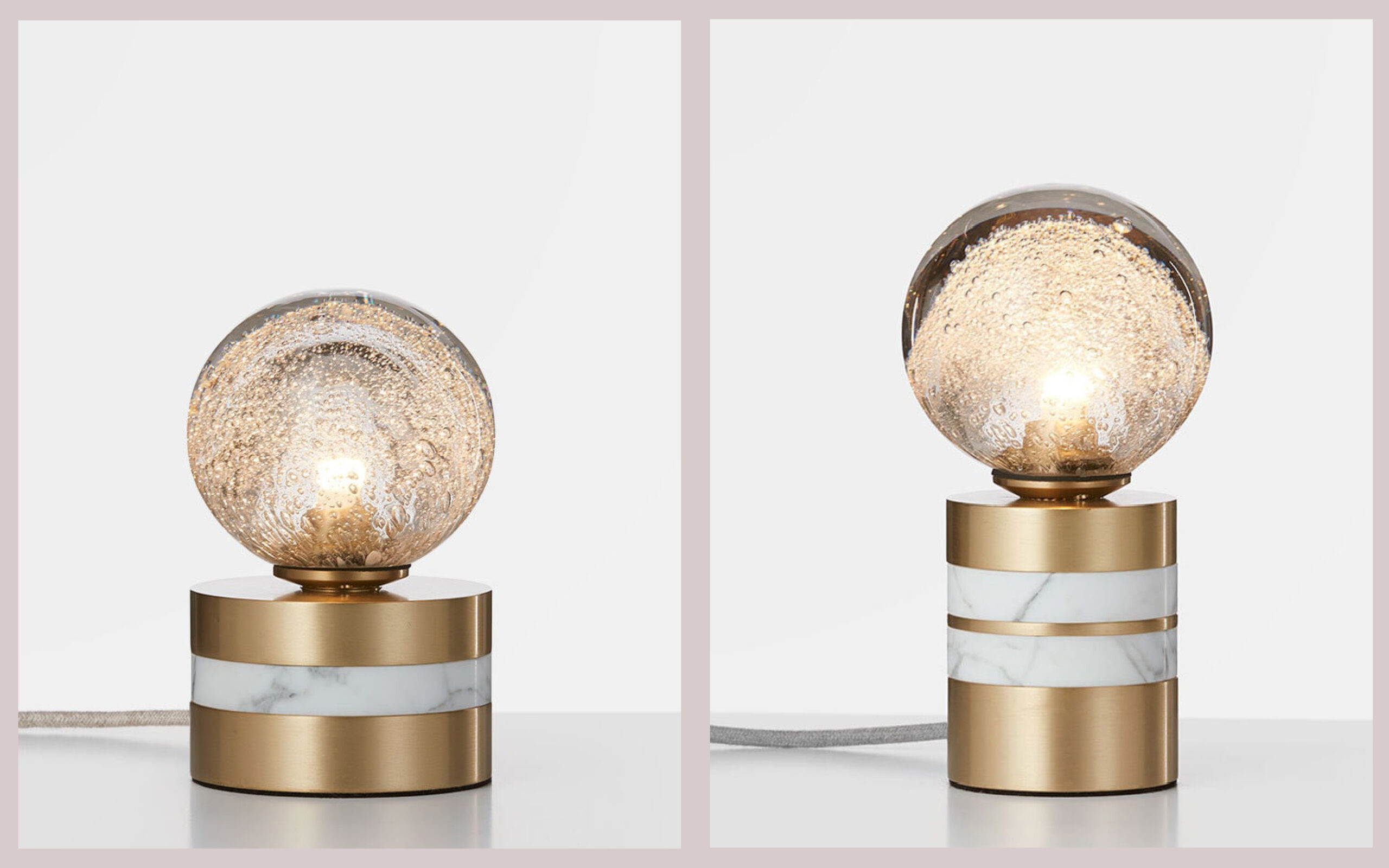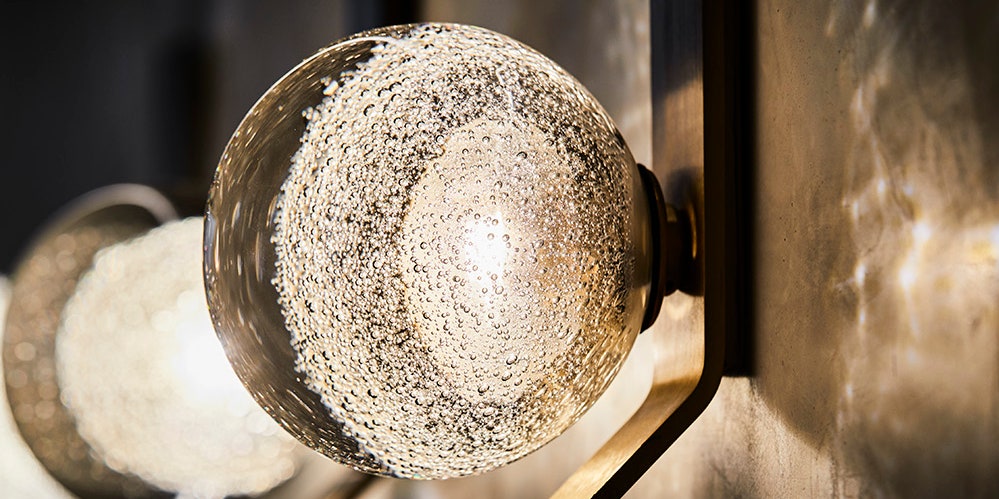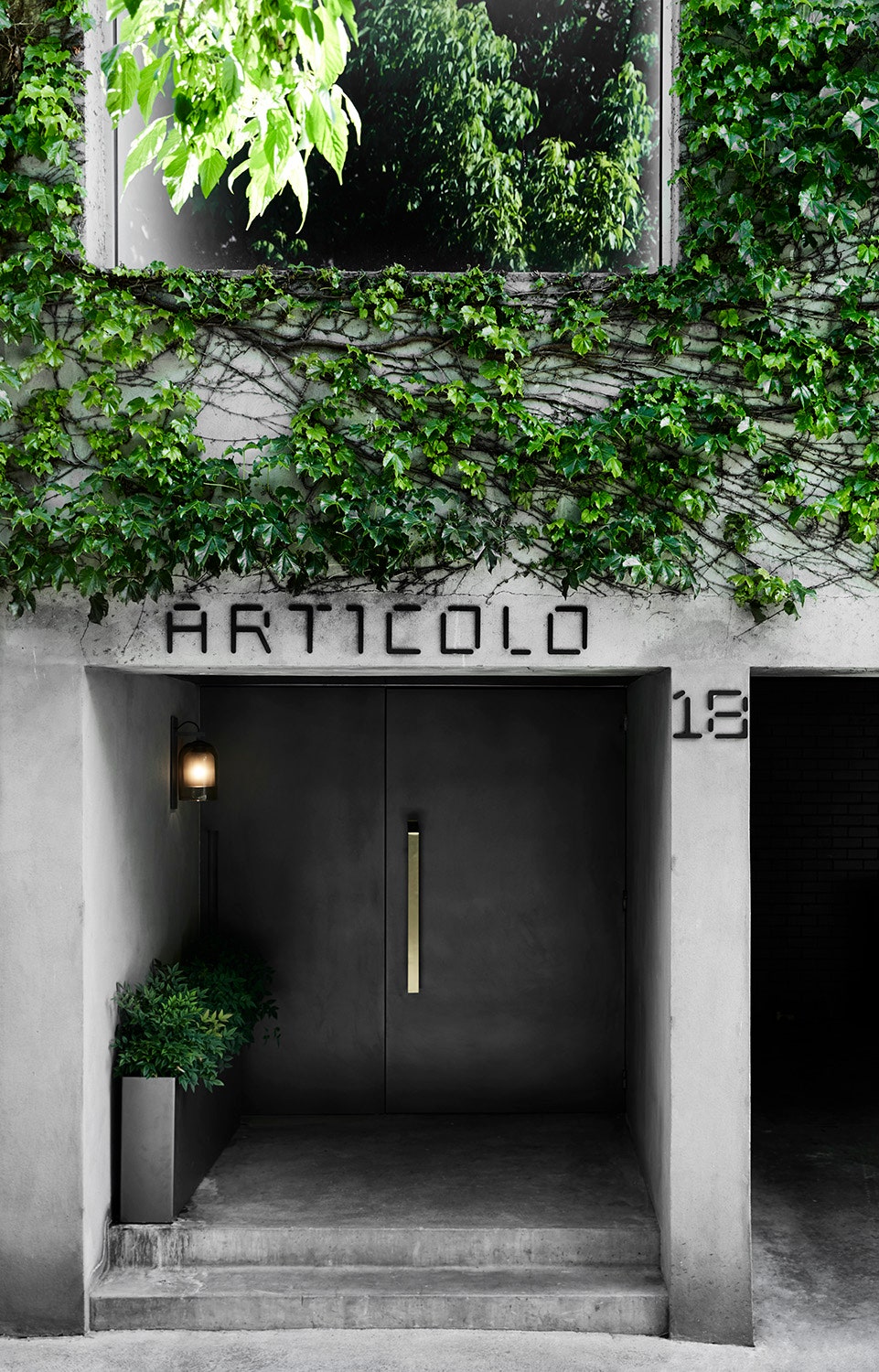
clement meadmore sculptor
Clement Meadmore is one of the most highly respected artists of his generation, for both the quality of his work and the integrity of his commitment to public sculpture. This sculptor has been uniquely successful as a creator of public art that serves as a positive, unifying force in the environment.Although initially linked with the Minimalists, Clement Meadmore transcended geometry with work of uncommon force and elegance, powerful in large scale and small.
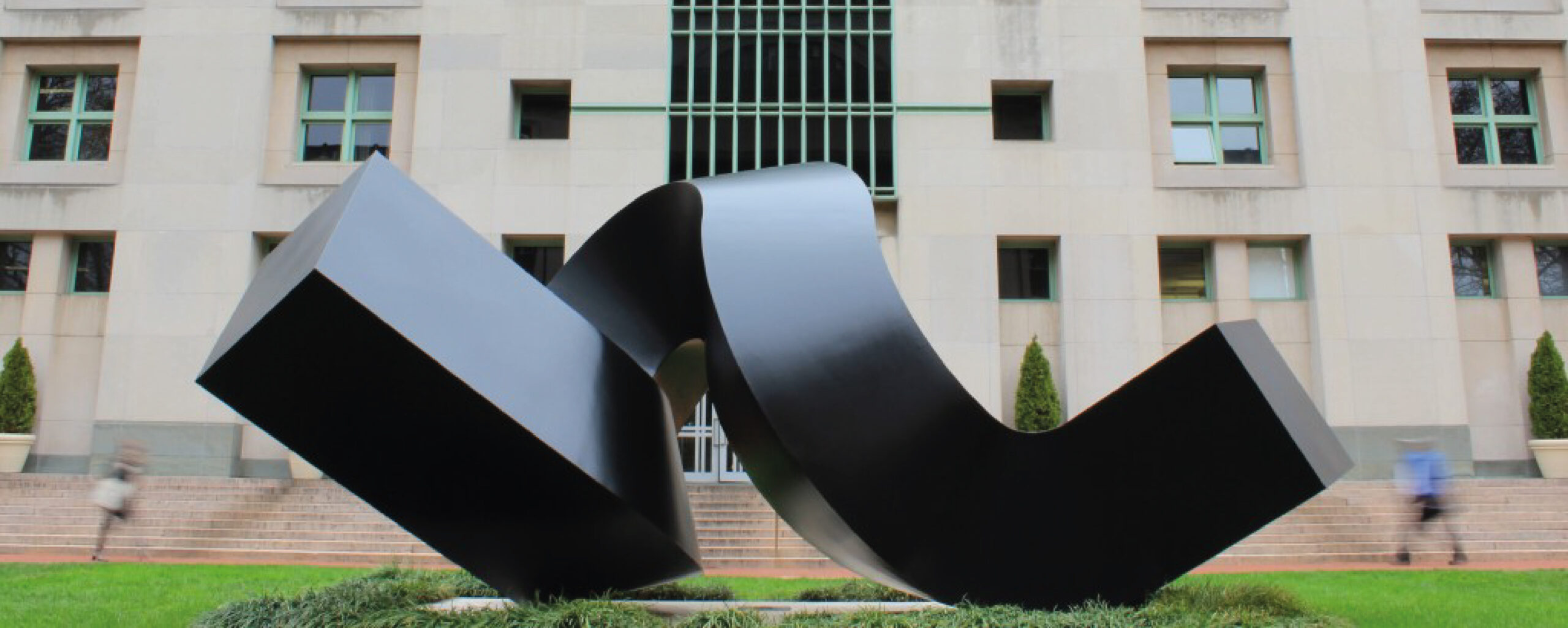
It relies for its effect on the opposition between line and mass, also deriving power and eloquence from its fusion of formal invention with intense feeling, a frankly spiritual dimension. Yet ultimately the appeal of Clement Meadmore’s work lies in its success as sheer form.The artist has managed to overcome geometry’s qualities of stasis, containment, rigor, and sobriety. His sculptures deny their physical reality, suggesting weightlessness. Because of this extroverted and animated character, his public commissions provide oases of humanity in the urban environment. He himself has stated: “A building is part of the environment, but a sculpture is a presence inhabiting the environment.”
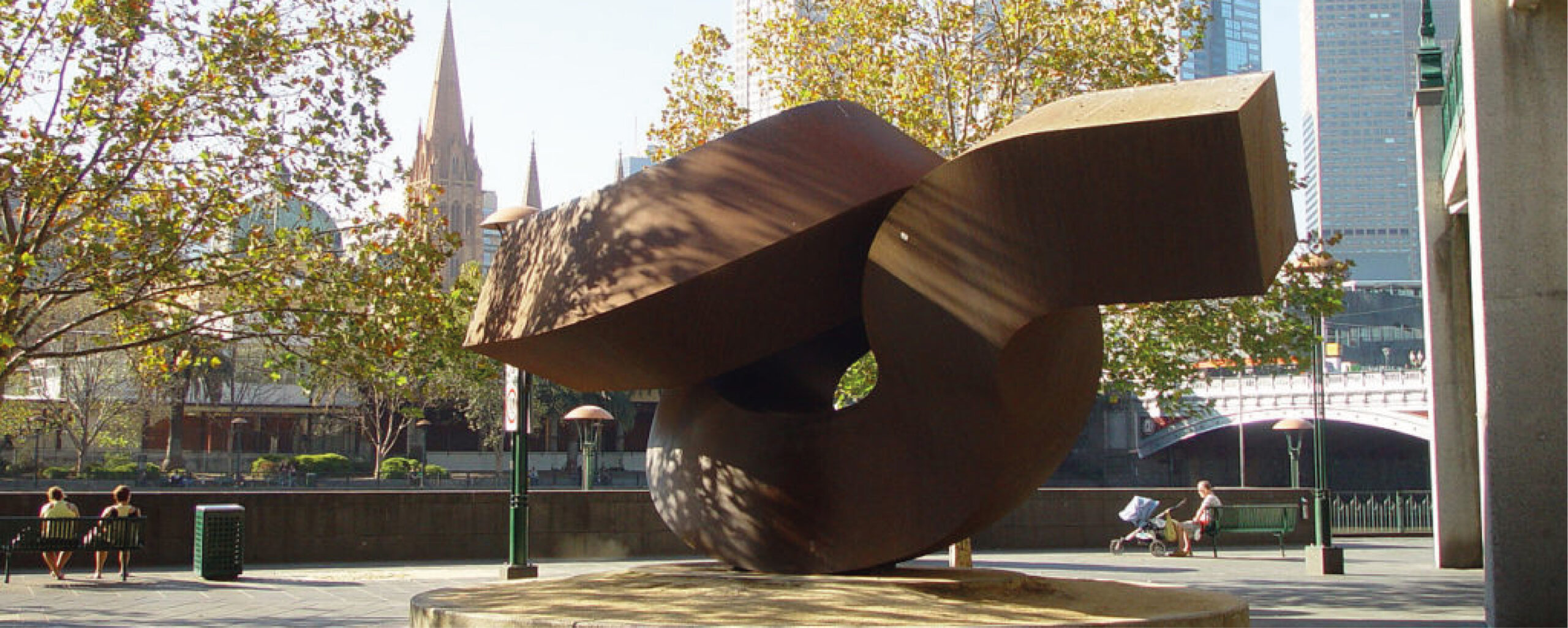
Clement Meadmore’s works range in size from those that fit in the palm of a hand to others that stretch more than forty-six feet, not to mention a proposal for a six-hundred-foot skyscraper sculpture. This range in scale is belied by the seeming monumentality and robust physicality of even the smallest maquette.In a typical Meadmore sculpture, a large rectangular volume of steel twists and turns upon itself. The point about his classic works is that they are huge, and so the great curl of steel takes on this epic scale, as if mighty and usually exuberant forces are at work. In Melbourne, a massive steel structure called Dervish has been sitting beside the Yarra River for 20 years.
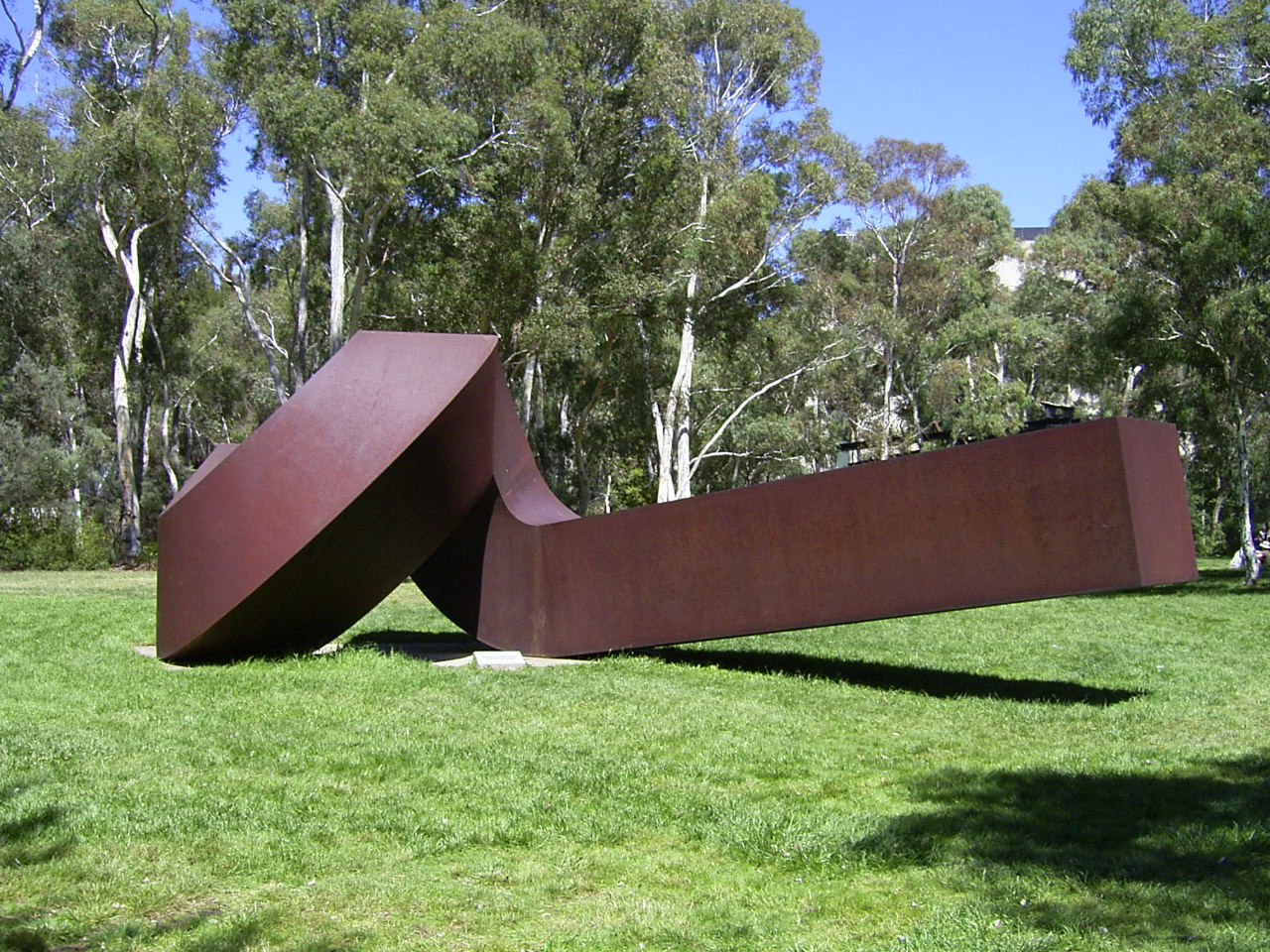
Another Meadmore sculpture called Flippant Flurry slumbers on the rooftop of the Art Gallery of New South Wales. It was hidden behind a wall until 2010, now it can be seen through the glass panes of the gallery rooms. But a Meadmore sculpture titled Janus has met a more controversial fate. Australia donated Janus to Mexico City for the Mexico Olympics in 1968, and for a while it was on public display, but that’s no longer the case. Since 1996, it’s been inside the grounds of a private school. Some people are now saying the Mexican government has effectively abandoned this gift and Australia should now ask for it to be returned.
published in : Clement Meadmore | Sculptor
Last Posts
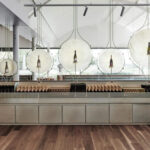
Chandon Australia by Foolscap Studio

LINA Architecture Platform Program

IN BED Armadale Store by Flack Studio
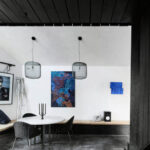
Host House by Splinter Society Architecture

Thomson House by C.Kairouz Architects

Hyde Park House / Robeson Architects
clement meadmore sculptor
Clement Meadmore is one of the most highly respected artists of his generation, for both the quality of his work and the integrity of his commitment to public sculpture. This sculptor has been uniquely successful as a creator of public art that serves as a positive, unifying force in the environment.
